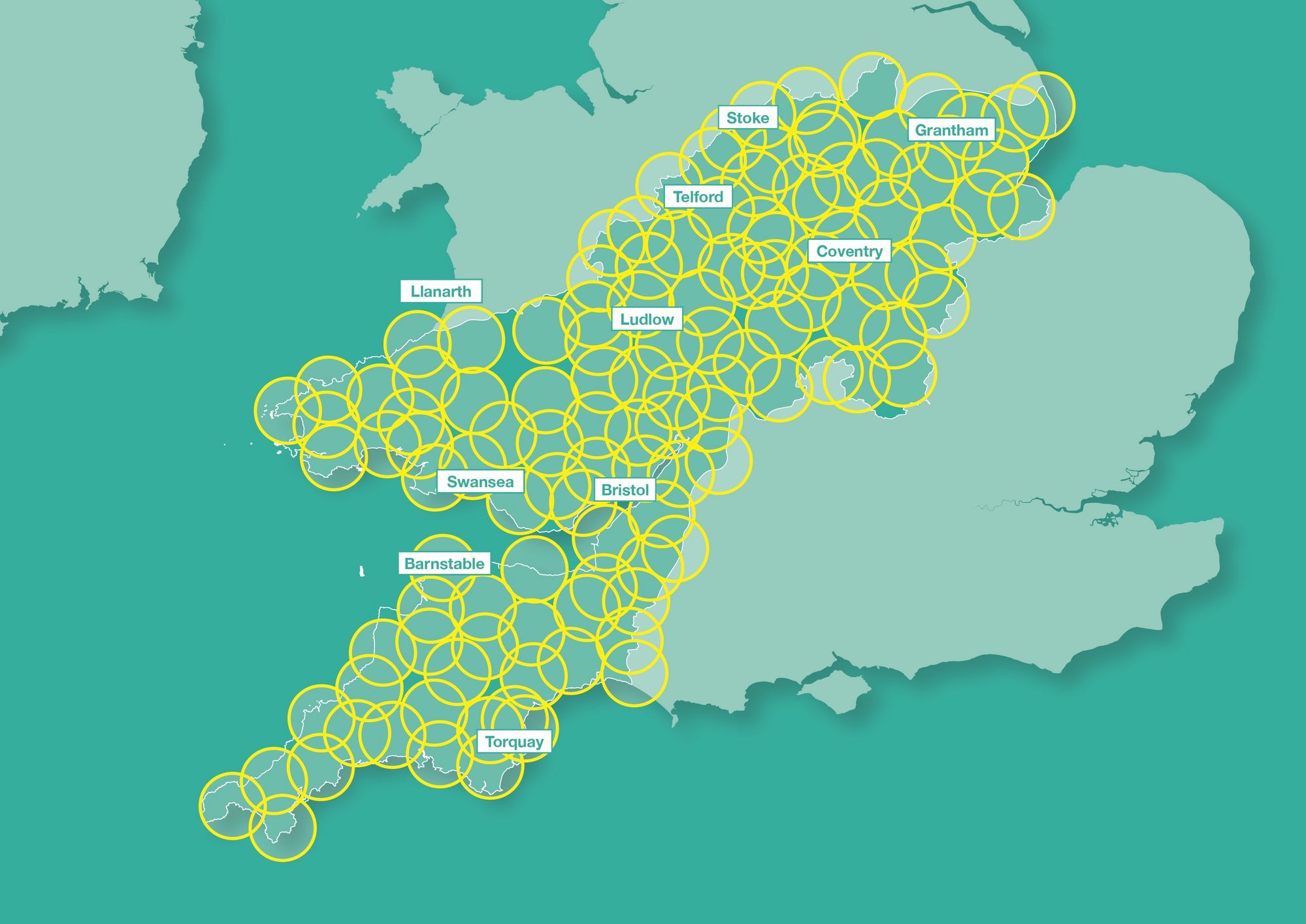RIIO-ED1 saw a transformation in our EV fleet – and plans are now in place for ED2…
Did you know that at the start of our RIIO-ED1 business plan in April 2015, we had three electric vehicles (EVs) – all Renault Kangoos. At the time of writing, just before we make the move to RIIO-ED2, there are 181 electric vans in our NGED commercial fleet with another 75 being delivered during 2023. In addition, we have 262 NGED electric company cars.
In fact, a plan is already in place for us to build one of the UK’s largest private EV charging networks between 2023 and 2024, with further chargers being installed at primary substations, new and existing sites. Subject to funding there are also plans for additional mobile chargers, which can be deployed for vehicle breakdowns, energy system restoration or long-term project sites. Only organisations like Amazon are ahead of us.
Transport manager Chris Mayell said: “When you compare where we were in 2015 compared to where we are now, it’s a different world. It’s also moving at an extremely fast pace – charging technology that was state-of-the-art eight years ago is now obsolete.
“Our aim in ED2 is to electrify our van fleet where suitable alternatives exist. But we understand that to achieve this our field staff must be confident that we will ensure chargers are fit for purpose and readily available.
“At the heart of our plan is the principle that none of our fleet drivers should be more than a 10-mile radius from the nearest NGED charger. It really is that simple.”
From its 2015 start – and with a RIIO-ED2 Business Plan pledge to be carbon neutral by 2028 – our NGED EV van fleet has seen substantial growth. In addition, 40% of the company car fleet will become electrified during 2023, and more employees are wanting to charge while they’re working.
The Transport team began work on our charging network in 2020. It soon became clear that the intensity of the project meant it was a full-time role. Nottingham-based 11kV planner Lee Barnett took up the secondment, part of which involved liaising with the project suppliers, including Park & Recharge, and all the people in the company – from planners to distribution managers – who had to be involved.
“Throughout this project I have worked with some fantastically helpful people,” Lee said. “There are depots like Kettering who installed extra charger bases because they were really thinking about future proofing.
“At Spilsby they a large energy storage battery left over from an Innovation project. Normally it would have had to be removed on project completion, but we found a way of getting it to ‘talk’ to the new charging kit, which meant we were able to use it to save a lot of network reinforcement money in the budget. Initially, our aim was to complete 10 sites in the first six months. We completed 13 – Nottingham was the first as it’s got the largest EV fleet.”
Lee’s enthusiasm for planning EV charging networks saw him transfer to Park & Recharge – but the work on our network continued.
“The next milestone was to install chargers at 32 sites by the end of 2022. We did 30 in nine months. Tipton Training Centre was the final one, wayleave issues meant it wasn’t completed until November so we were just ahead of schedule.”
Planning ahead for ED2

As you can see from the image above, mapping out the charger locations for ED2 is largely complete – and it provides a blueprint of how to create a private charging network for any business with multiple sites.
Step one – ask regional managers where they think chargers are needed. In our case the Distribution Managers were asked to provide a location within each team manager’s area.
Step two – overlay that information with a radius simulator to ensure each charger is no more than a 10-mile radius to the next. Step three – currently ongoing – refine the first two pieces of data by considering:
- The overlap between other sites
- Site services
- Site safety for drivers
- Security for equipment – while it might not be a surprise to discover thieves target charger leads, they sometimes take the chargers themselves.
There are areas where finding suitable assets to host chargers is proving challenging – the Brecon Beacons and north Devon coast being two – but the team is determined to keep going.
Chris said: “While having a charging network we can have confidence in is essential for the business, there are other benefits. Charging at a public network may cost three times as much as charging on a private network so there is a financial benefit. Also, by having a charging network for our white fleet, we will free up depot chargers for company car and employee vehicles – ultimately, that benefits everyone.”
- About Us
